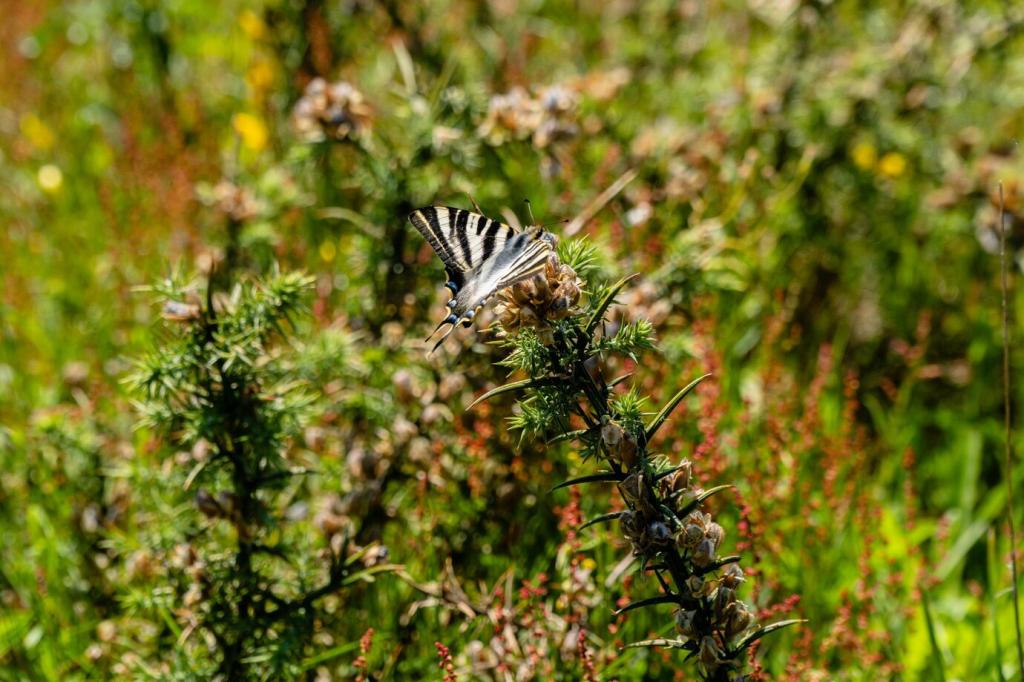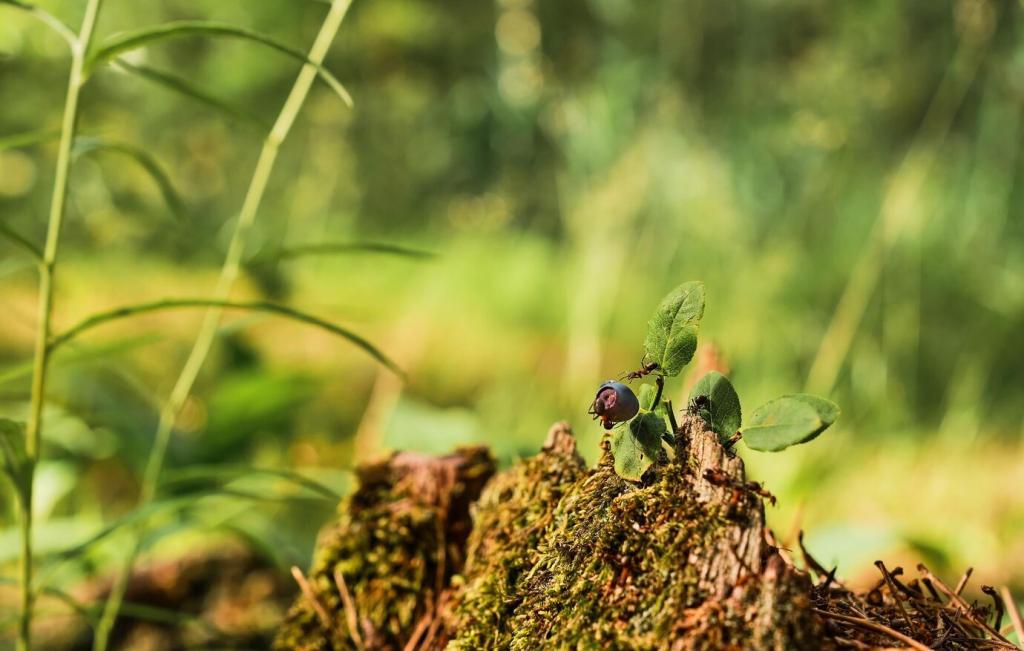Respectful Recreation: Your Trail Choices Save Lives
Straying from trails can crush delicate plants or disturb ground nests. Endangered species often hide in plain sight. Follow signs, honor seasonal closures, and invite friends to do the same so recovery plans actually hold on the ground.
Respectful Recreation: Your Trail Choices Save Lives
Pack out every wrapper and keep food secure. Even crumbs can attract predators to nests. Share a quick Leave No Trace reminder with your hiking group before you start; that thirty seconds can protect years of conservation progress.




